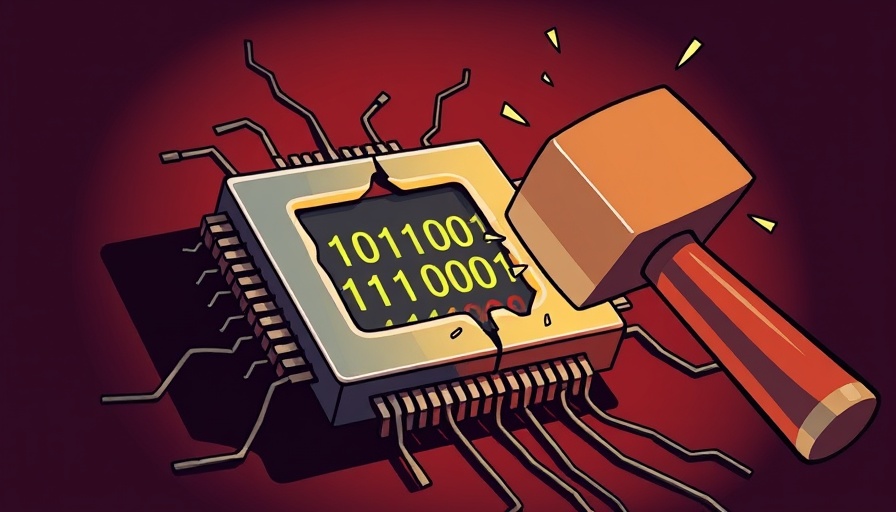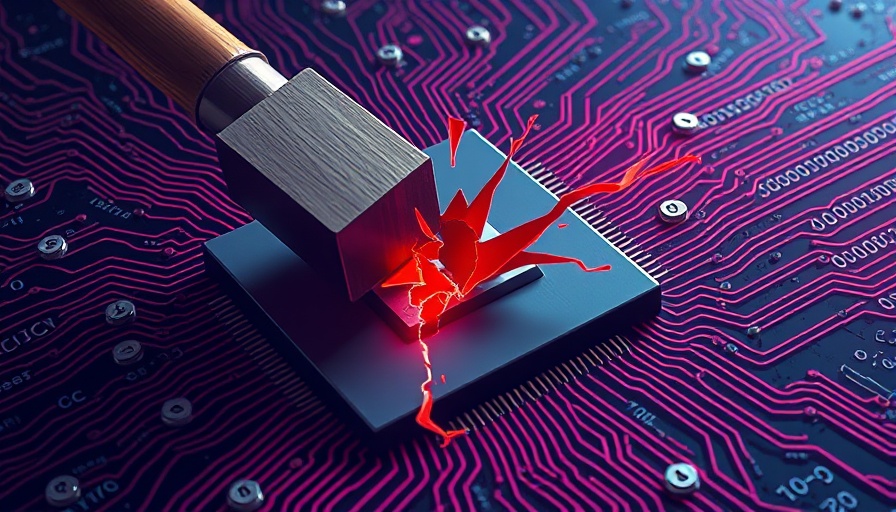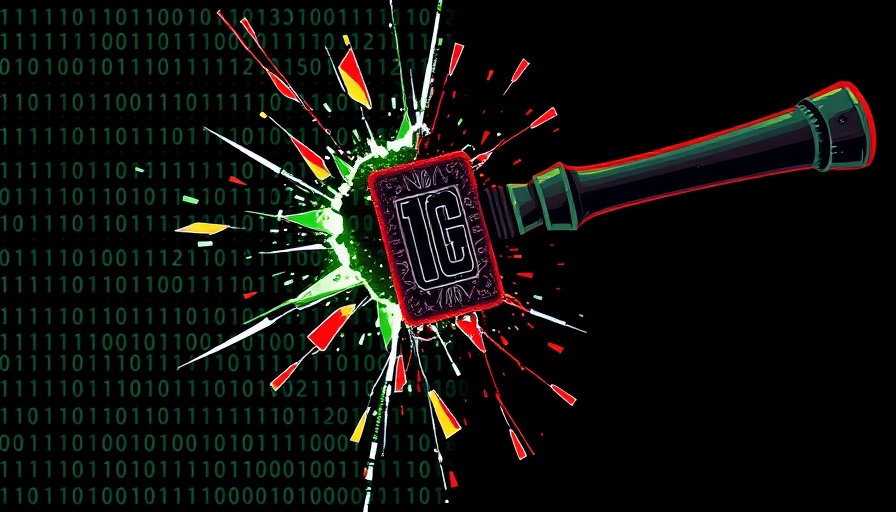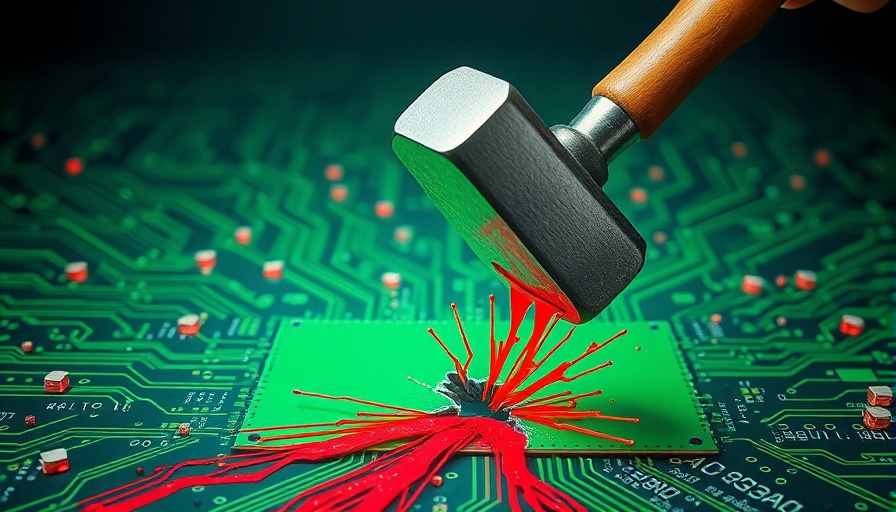
Understanding GPUHammer: A New Threat
The recent emergence of GPUHammer, a novel variant of the RowHammer attack, is raising alarm bells within the cybersecurity community—and rightly so. This attack uniquely targets NVIDIA GPUs, exposing vulnerabilities that can degrade artificial intelligence (AI) models. Such a decrease in model performance can have wide-ranging implications, particularly for industries increasingly reliant on AI technologies for data analysis and processing.
What is RowHammer?
RowHammer is a type of side-channel attack that exploits the physical properties of dynamic RAM (DRAM) chips. It takes advantage of the electrical interference between memory cells, causing unintended changes in data. This means attackers can potentially alter critical data within AI models without direct access, creating a significant risk for anyone using impacted hardware.
The Amplified Risk of AI Models
AI systems are incredibly sensitive to data integrity. Even minor changes can result in substantial deviations in their output. With GPUHammer, attackers can continuously interfere with the operation of these models, leading to unreliable predictions and outcomes. Industries that use AI for decision-making—such as healthcare, finance, and autonomous vehicles—could face catastrophic errors if not adequately protected.
Defensive Measures and Future Predictions
To bolster defenses against GPUHammer and similar threats, manufacturers and tech companies may need to invest in advanced error-correcting mechanisms for GPUs and improve security practices across devices. As the complexity of AI systems continues to escalate, so too will the sophistication and prevalence of attacks like GPUHammer, making it essential for security professionals to remain vigilant and proactive.
While the threat of GPUHammer is still being evaluated, its potential to disrupt AI applications highlights the need for stronger security measures in systems that most depend on reliable data. As we innovate in the tech industry, we must also safeguard these innovations against malicious actors.
 Add Row
Add Row  Add Element
Add Element 


 Add Row
Add Row  Add
Add 

Write A Comment